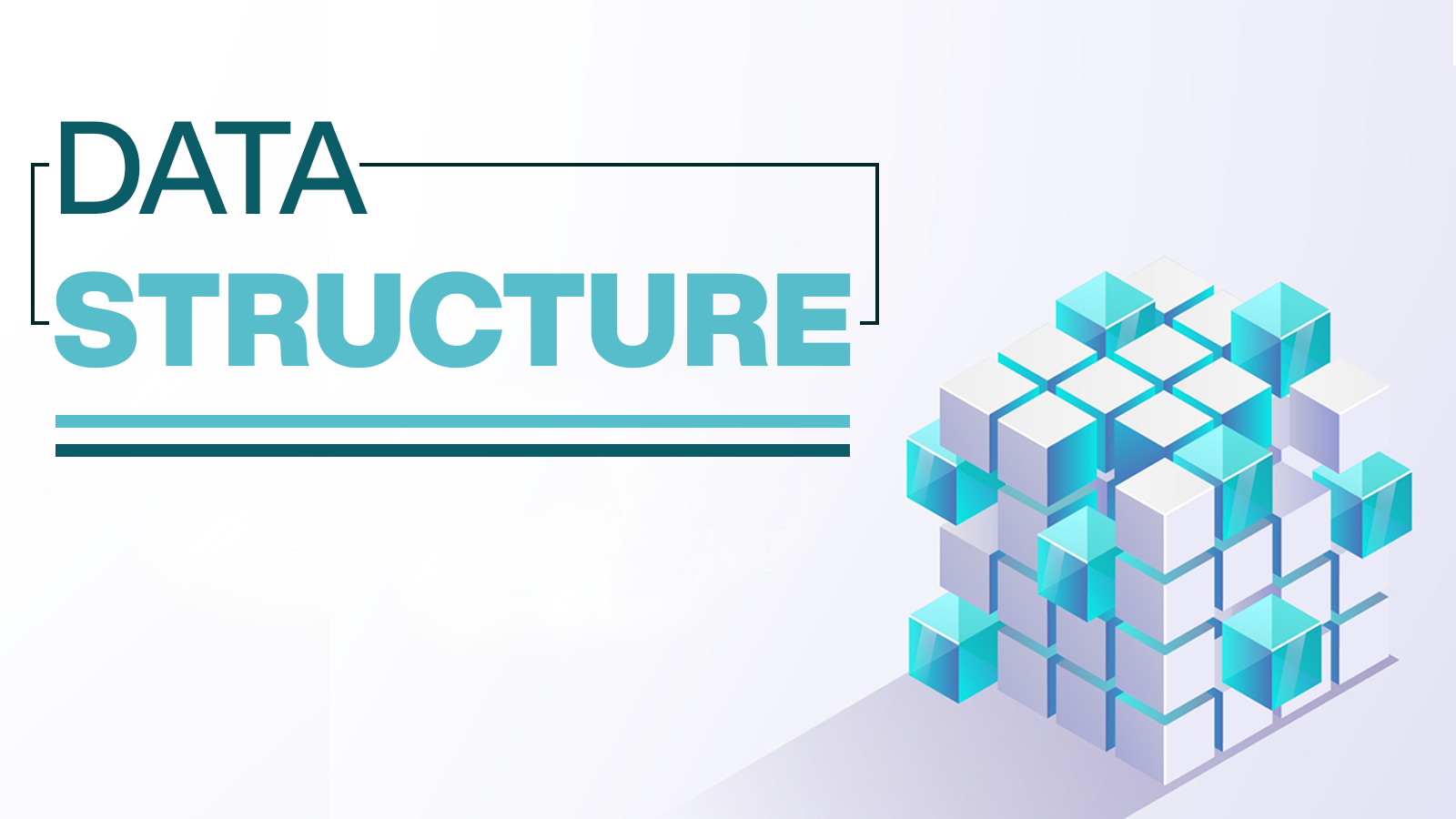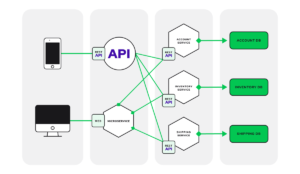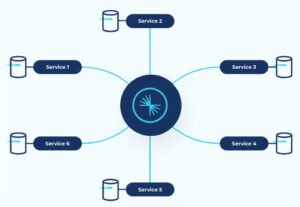Data structures and algorithms are the building blocks of computer science. They are fundamental to solving complex problems efficiently and are a critical part of any software development process. In this article, we will explore data structures and algorithms in the context of the Java programming language, providing insights and examples to help you understand their significance.
Understanding Data Structures
A data structure is a way of organizing and storing data to perform operations efficiently. Java provides a variety of built-in data structures, including arrays, lists, sets, maps, and more. Here are some common data structures:
1. Arrays
Arrays are one of the simplest data structures. In Java, arrays are collections of elements of the same data type. They provide fast access to elements using an index. For example:
int[] numbers = {1, 2, 3, 4, 5};2. Lists
Lists are dynamic data structures that can grow or shrink in size. Java offers several list implementations, with ArrayList and LinkedList being the most common. Lists allow you to add, remove, and access elements efficiently.
List<String> names = new ArrayList<>();
names.add("Alice");
names.add("Bob");
3. Sets
Sets are used to store unique elements. Java’s HashSet and TreeSet are commonly used set implementations. They are useful for tasks that require uniqueness, such as storing a collection of distinct items.
Set<Integer> uniqueNumbers = new HashSet<>();
uniqueNumbers.add(1);
uniqueNumbers.add(2);
4. Maps
Maps store key-value pairs and are used for fast retrieval of values based on keys. Java’s HashMap and TreeMap are popular map implementations.
Map<String, Integer> ageMap = new HashMap<>();
ageMap.put("Alice", 30);
ageMap.put("Bob", 25);
Understanding Algorithms
Algorithms are step-by-step procedures for solving a particular problem. In computer science, algorithms are analyzed in terms of their time complexity (how long they take to run) and space complexity (how much memory they use). Let’s explore a few common algorithms.
1. Sorting Algorithms
Sorting is a fundamental operation in computing. Java provides efficient sorting algorithms, such as quicksort and mergesort, through the Arrays.sort() and Collections.sort() methods.
int[] numbers = {5, 2, 9, 1, 5, 6};
Arrays.sort(numbers);
2. Searching Algorithms
Searching is the process of finding a specific item in a collection. The binary search algorithm is a common and efficient method for searching in a sorted array.
int[] sortedNumbers = {1, 2, 3, 4, 5, 6};
int target = 3;
int index = Arrays.binarySearch(sortedNumbers, target);
3. Graph Algorithms
Graph algorithms are used for tasks involving networks, such as finding the shortest path in a map application or determining the most influential people in a social network. The depth-first search (DFS) and breadth-first search (BFS) algorithms are examples.
// Pseudocode for DFS on a graph
function DFS(node):
if node is visited:
return
mark node as visited
for each neighbor in neighbors(node):
DFS(neighbor)
The Importance of Data Structures and Algorithms
Efficient data structures and algorithms are essential for writing high-performance software. They can make the difference between a program that works and one that works quickly and scales well. Whether you’re building a simple web application or a complex machine learning system, data structures and algorithms play a vital role.
Conclusion
Data structures and algorithms are the backbone of computer science and software development. Java, with its rich set of built-in data structures and libraries, provides a powerful platform for implementing and experimenting with these concepts. Whether you’re a student learning the fundamentals of computer science or a professional developer looking to optimize your code, a solid understanding of data structures and algorithms is a valuable asset that will serve you well throughout your career.






